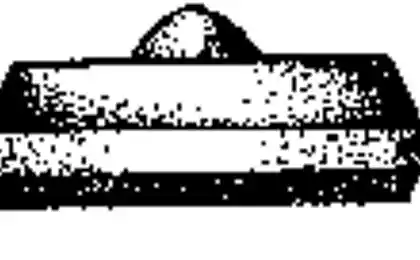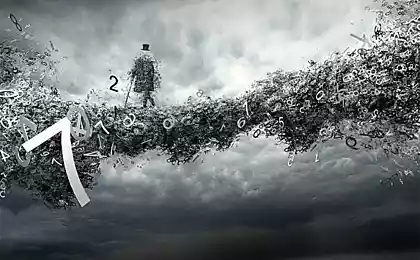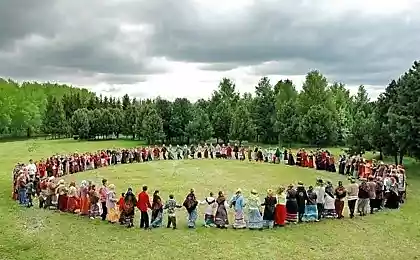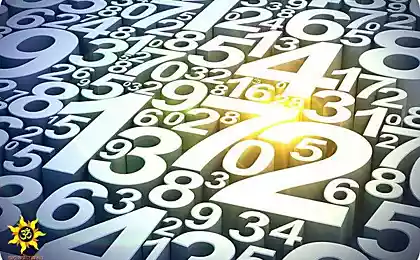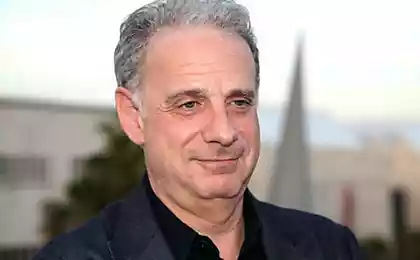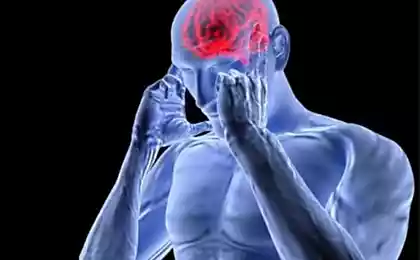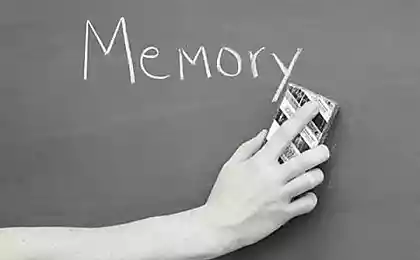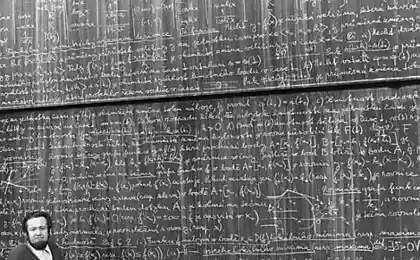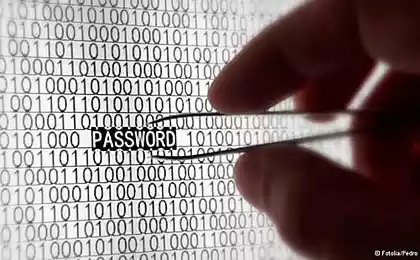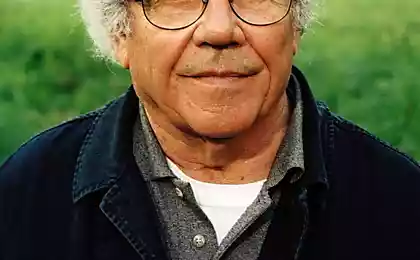859
Transcoding information: Magic number 7 plus or minus 2
In 1956 cognitive psychologist George Miller published a now famous work entitled "the Magical number seven plus or minus two: limits on the ability to process information", in which the scientist expressed the idea that short-term memory a person can hold at a specific moment in time only about seven items of information plus or minus two.
And to memorize large amounts of information, it is necessary to divide into groups of five to nine items. For example, combining words into sentences or sentences in history, we held in short-term memory much more than seven words. But in this case, human memory is able to store simultaneously all seven elements.
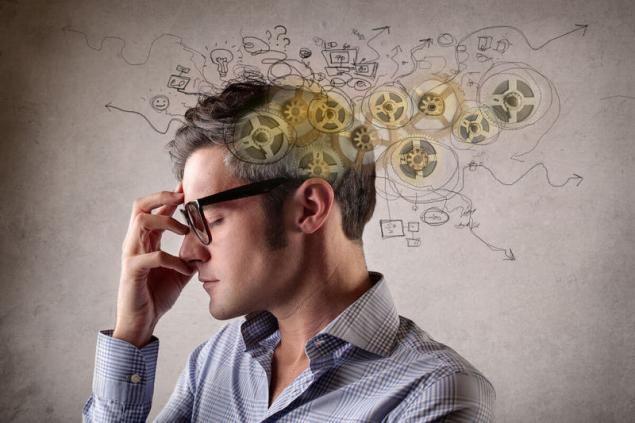
For example, it's hard to remember the following sequence of numbers as it contains more than seven elements:
4 8 1 9 7 6 2 0 1 3.
But, thanks to the natural ability to group the digits into clusters, short-term memory easily remembers the sequence. For example, we can combine the numbers in easy to remember groups of, say, a year, and present them in the following form:
4-8-1976-2013.
Remember ten individual numbers is quite difficult, and as such is much easier.
So, in order to boost their short-term memory, you need to organize individual items of information into clusters of larger size number not more than seven.
Transcoding information
In his article, Miller also talks about the work of another psychologist Sidney Smith, who was able to memorize long sequences of four binary units of information — numbers consisting of ones and zeros.
For example, figure 2 it is represented as 0010. Smith realized that the sixteen binary numbers can be expressed in the form of four decimal, and used the 4:1 ratio to expand the scope of his memory, so he learned to memorize ten binary units of information, and as many as forty. By the end of this research the scientist were able to remember the ten consecutive decimal numbers and convert them to binary list of forty characters.
In 1980, psychologists Anders Ericsson, Herbert Simon and bill chase decided to expand the concept of transcoding. They invited a grad student for an hour a day three times a week for over six years memorizing arbitrary sequence of decimal numbers.

Incredibly, by the end of the experiment, the memory test increased significantly: if in the beginning he memorized seven numbers, at the end — as many as seventy-nine. Hearing a sequence of seventy-nine completely random number, a young man could accurately reproduce it; moreover, he remembered even some sequences that are memorized in the previous days.
I wonder what party this experience did not offer a specific method for encoding digits; he relied exclusively on his own experience. Being a runner-lover, he memorized the numbers by encoding them as duration — the number 3593 turned it in 3 minutes and 59.3 seconds, and later used to encode the age.
George Miller, Anders Ericsson, Herbert Simon and bill chase proved that if to-remember information is encoded using sophisticated coding algorithms, human memory is much more efficient.published
From the book by Paul Kleinman "Psychology. People, concepts and experiments."
Also interesting: the Secrets of memory. What we're not taught in school
Codes of the unconscious
P. S. And remember, only by changing their consumption — together we change the world! ©
Source: www.facebook.com/cross.club.ru/posts/1387350944627796:0
And to memorize large amounts of information, it is necessary to divide into groups of five to nine items. For example, combining words into sentences or sentences in history, we held in short-term memory much more than seven words. But in this case, human memory is able to store simultaneously all seven elements.

For example, it's hard to remember the following sequence of numbers as it contains more than seven elements:
4 8 1 9 7 6 2 0 1 3.
But, thanks to the natural ability to group the digits into clusters, short-term memory easily remembers the sequence. For example, we can combine the numbers in easy to remember groups of, say, a year, and present them in the following form:
4-8-1976-2013.
Remember ten individual numbers is quite difficult, and as such is much easier.
So, in order to boost their short-term memory, you need to organize individual items of information into clusters of larger size number not more than seven.
Transcoding information
In his article, Miller also talks about the work of another psychologist Sidney Smith, who was able to memorize long sequences of four binary units of information — numbers consisting of ones and zeros.
For example, figure 2 it is represented as 0010. Smith realized that the sixteen binary numbers can be expressed in the form of four decimal, and used the 4:1 ratio to expand the scope of his memory, so he learned to memorize ten binary units of information, and as many as forty. By the end of this research the scientist were able to remember the ten consecutive decimal numbers and convert them to binary list of forty characters.
In 1980, psychologists Anders Ericsson, Herbert Simon and bill chase decided to expand the concept of transcoding. They invited a grad student for an hour a day three times a week for over six years memorizing arbitrary sequence of decimal numbers.

Incredibly, by the end of the experiment, the memory test increased significantly: if in the beginning he memorized seven numbers, at the end — as many as seventy-nine. Hearing a sequence of seventy-nine completely random number, a young man could accurately reproduce it; moreover, he remembered even some sequences that are memorized in the previous days.
I wonder what party this experience did not offer a specific method for encoding digits; he relied exclusively on his own experience. Being a runner-lover, he memorized the numbers by encoding them as duration — the number 3593 turned it in 3 minutes and 59.3 seconds, and later used to encode the age.
George Miller, Anders Ericsson, Herbert Simon and bill chase proved that if to-remember information is encoded using sophisticated coding algorithms, human memory is much more efficient.published
From the book by Paul Kleinman "Psychology. People, concepts and experiments."
Also interesting: the Secrets of memory. What we're not taught in school
Codes of the unconscious
P. S. And remember, only by changing their consumption — together we change the world! ©
Source: www.facebook.com/cross.club.ru/posts/1387350944627796:0

